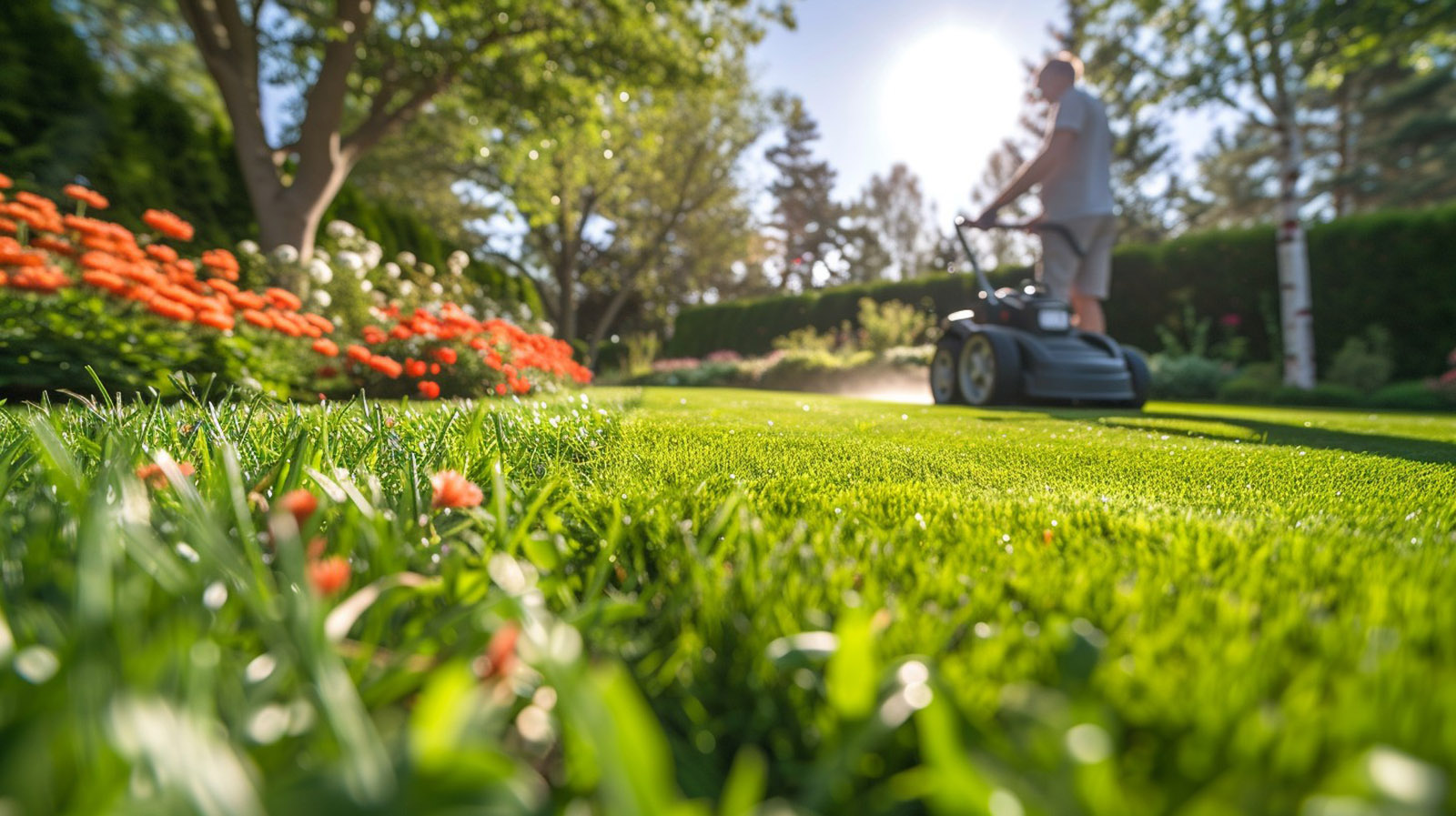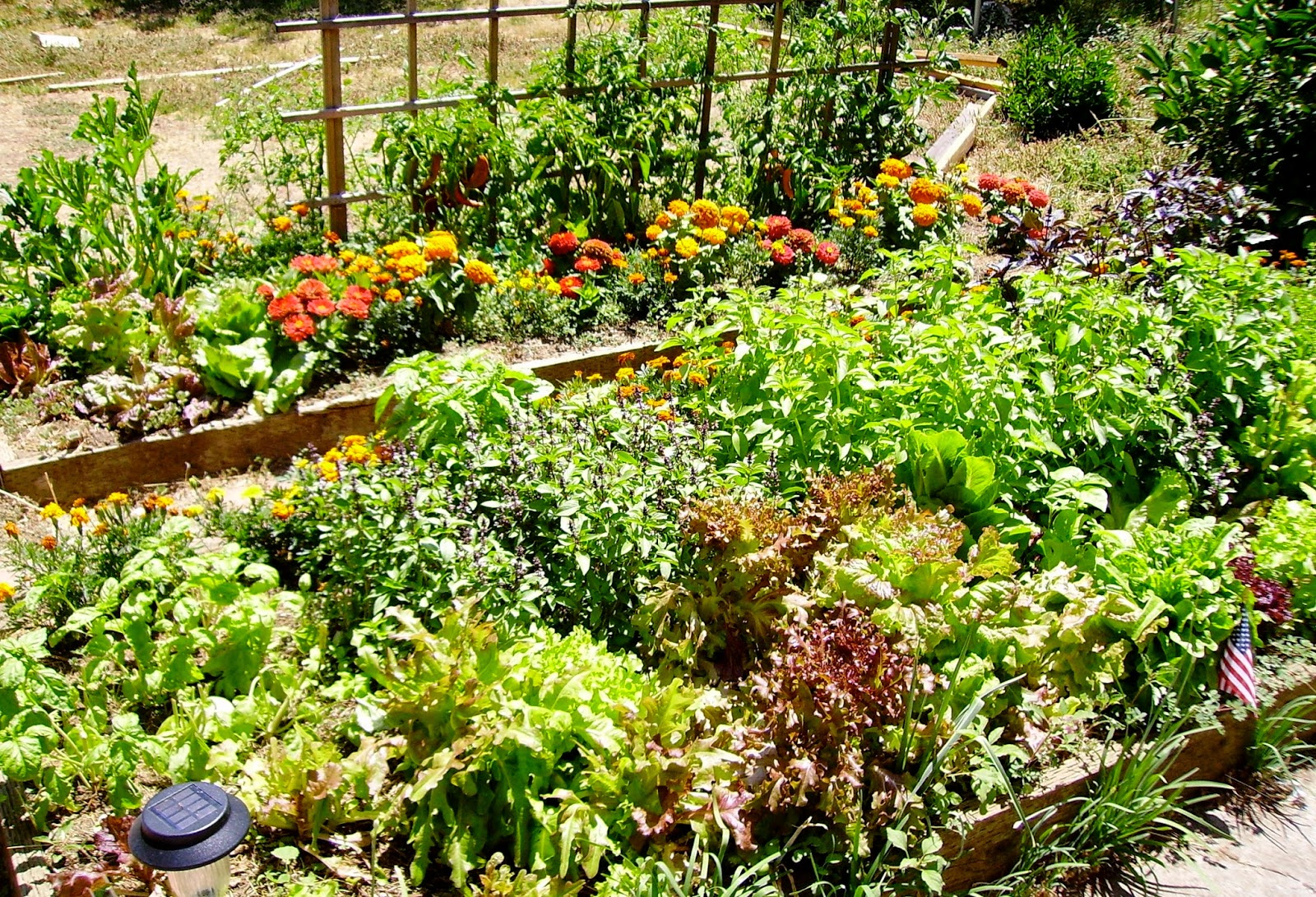
Growing vegetables isn’t excessively complex, yet they demand greater care than most ornamental plants. Some vegetable crops have a single yearly growth cycle, so it’s essential to provide them with the necessary attention and ideal conditions right from the beginning.
Begin with healthy soil with a pH ranging from 6 to 7, rich in organic content. Ensure consistent growth by providing adequate nutrients and water. Protect plants from potential damage caused by wind, rain, and frost. Eliminate pests and prevent diseases to maintain plant health.
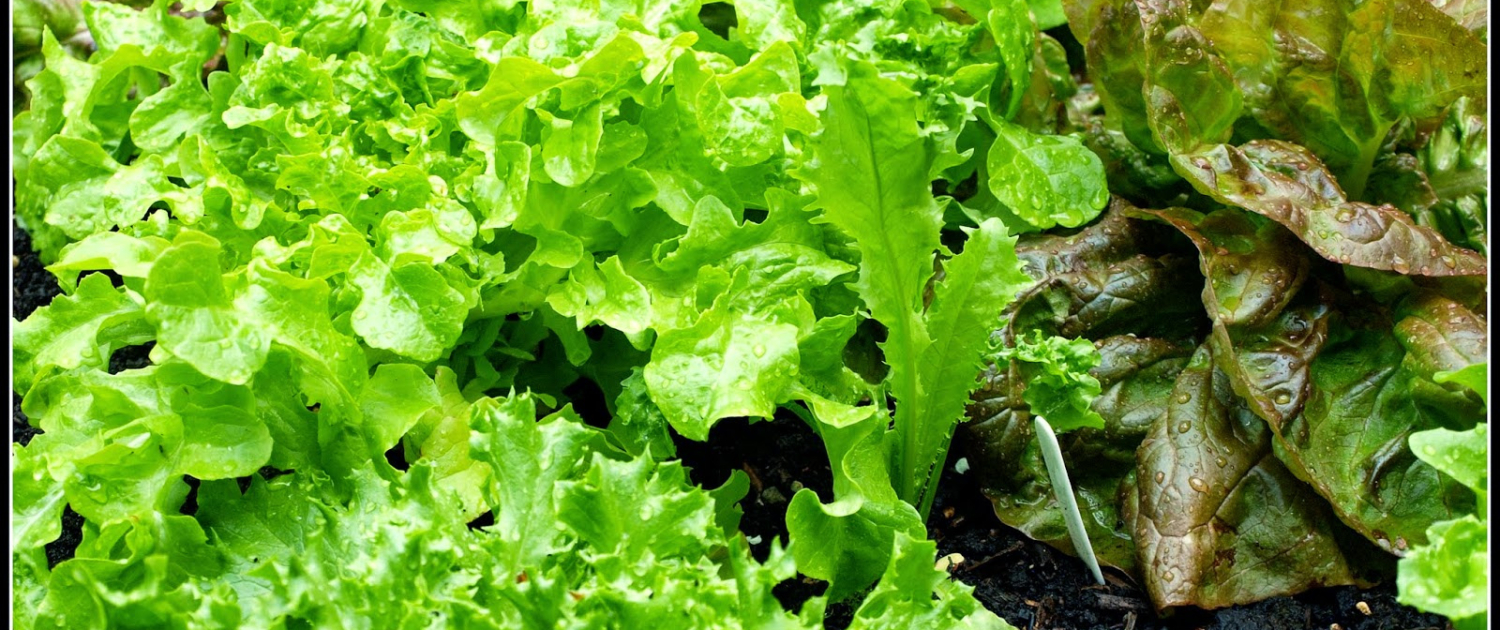
Lettuce
Lettuce
In our region, lettuce is an easy crop to grow anyplace, whether under cloches or outside in the summer. While lettuce is simple to start inside, it can also be directly seeded. It can germinate with only bright light—neither heat nor sunlight is required. Plants can be easily transplanted and are difficult to destroy. Like other delicate greens, lettuce benefits from protection from hail and heavy rain. Additionally, lettuce needs a lot of nitrogen and regular moisture to avoid bolting and bitterness.
Certain modern lettuce varieties have been developed with inherent resistance to bolting and increased tolerance to high temperatures.
There is a wide range of lettuce varieties available, from baby lettuce to large heads in various colors and textures. Some newer types are designed with resistance to bolting and heat. Lettuce doesn’t readily cross-pollinate, allowing you to save seeds from your preferred varieties. For a continuous harvest, sow seeds approximately every month, planting half and reserving the rest for a later week or two.
The main issue faced is slugs; once they enter, they seldom leave. It’s crucial to use bait right after planting lettuce and regularly inspect the plants.
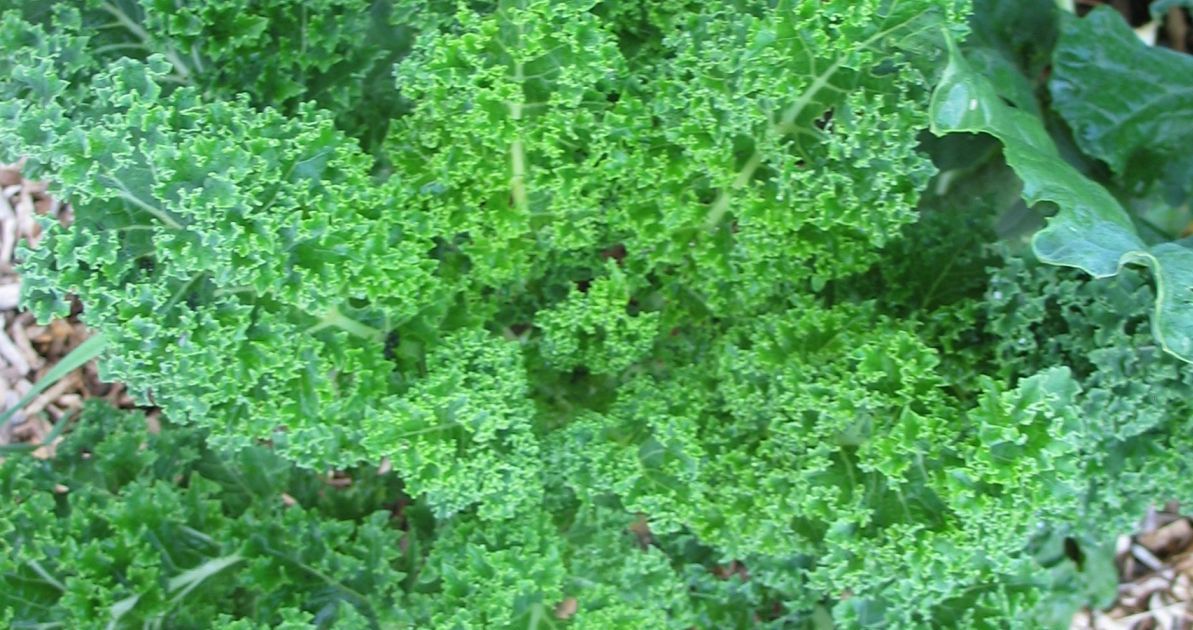
Kale
Kale
A cold-tolerant vegetable that prefers cooler temperatures. The relatively moderate temperatures, even in winter, promote kale’s healthy growth. It requires consistent moisture to develop tender leaves. Ensuring the plants receive an adequate and consistent water supply. This moisture-rich environment is essential for the plant’s overall health.
Flourishes in nutrient-rich soil, naturally enhanced with organic matter, promoting healthy and strong growth.
While it’s not entirely immune, diverse ecosystems help maintain a balance in pest populations. Additionally, local farmers and gardeners have developed effective pest management strategies, contributing to successful kale cultivation. It gained popularity as a nutritious superfood, leading to increased cultivation in the Pacific Northwest. One common issue is pest infestation, particularly by aphids, caterpillars, or slugs, which can damage the leaves.
Another challenge could be inadequate drainage, leading to root rot, especially in soil that retains too much water.
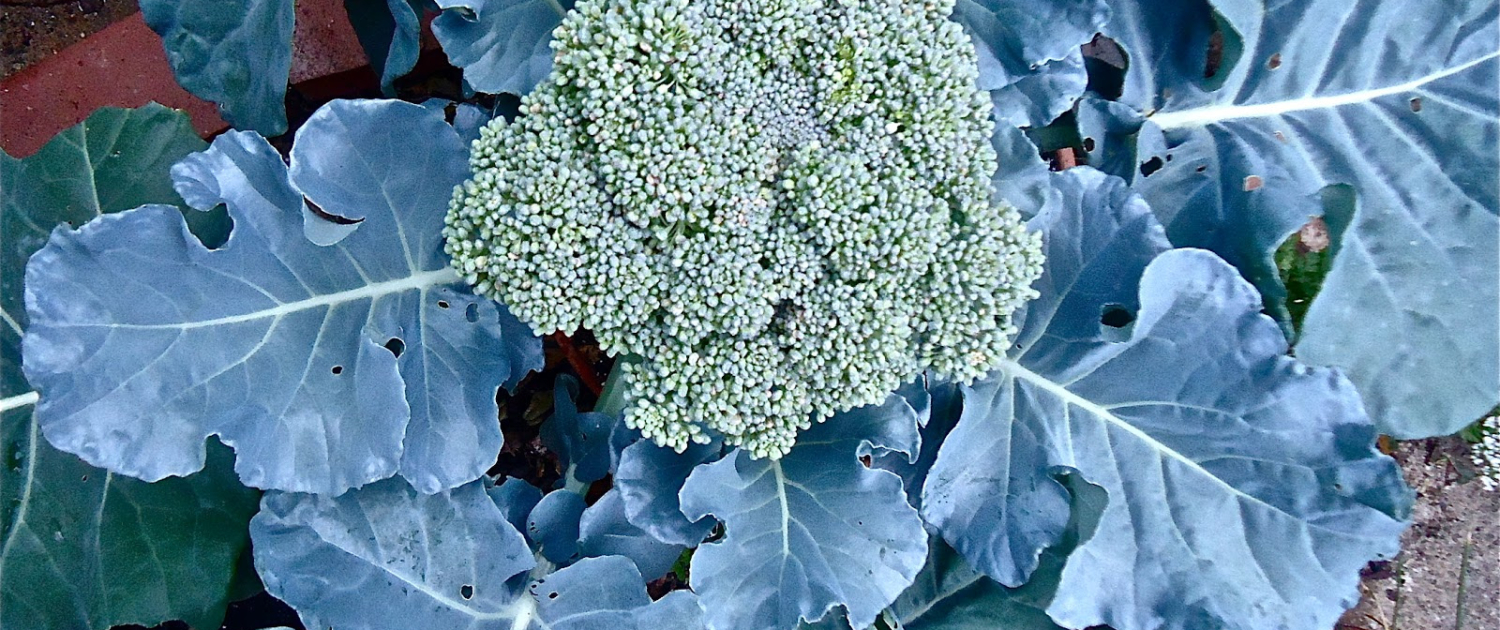
Broccoli
Broccoli
It’s not heat-tolerant, and a great fit for this climate. Also ideally cultivated from transplants but can also be easily initiated from seeds, and it demands ample water and is a nutrient-intensive plant.
Broccoli requires abundant water and is a high-demanding plant when it comes to nutrients.
Most cultivars produce side shoots if properly cared for after the initial harvest, although pests like aphids and cabbage worms should be avoided. Small miracles stand out as a compact option for small gardens because they produce a huge core head and several lateral branches.
Successful cultivation emphasizes the importance of precise pest control, appropriate variety choice and proper spacing and drainage.
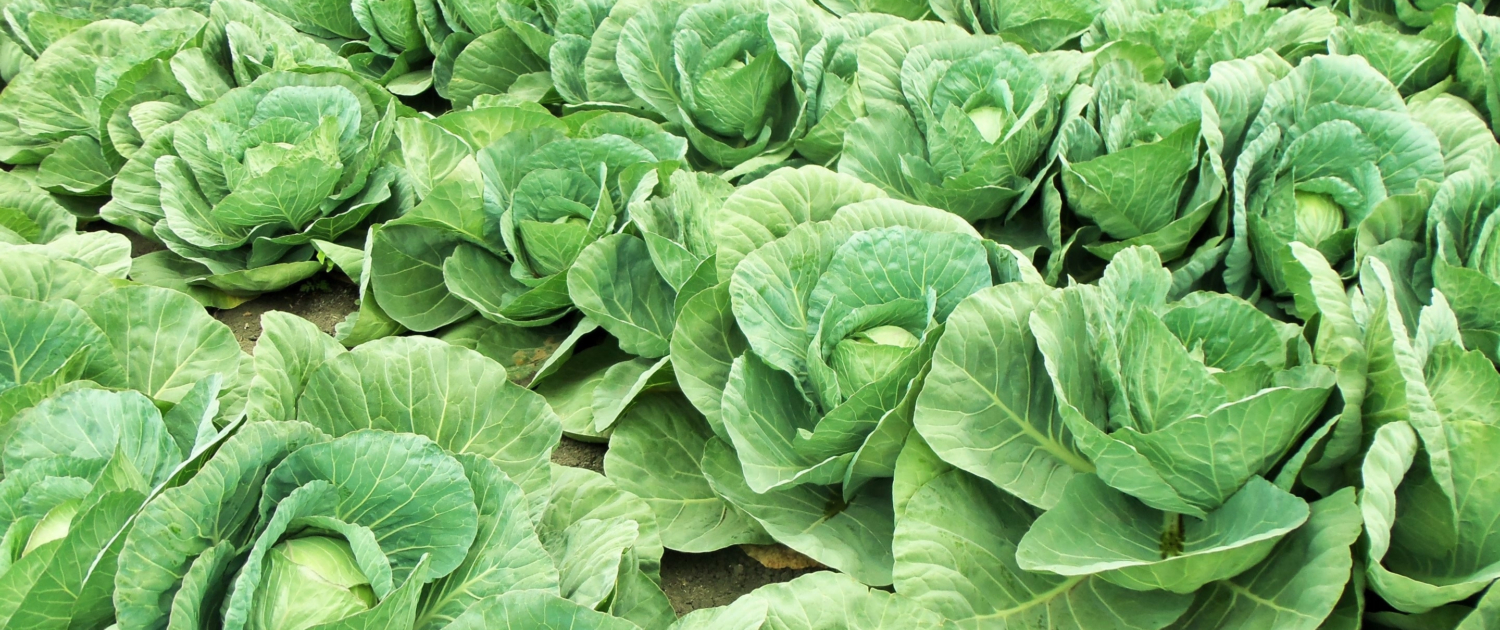
Cabbage
Cabbage
It prefers cool conditions, like broccoli. Too much heat will cause the heads to snap. It needs a lot of nitrogen because that’s why we cultivate. It requires the leaves to be hydrated.
Cabbage faces the same issues as other brassicas and is particularly attractive to slugs.
As outlined in the catalog instructions, cabbage varieties come in numerous sizes, shapes, including red and various shades of green. It’s also requiring specific care for Savoy and Chinese cabbages. Proper care ensures healthy growth, prevents pest infestations, and maximizes the quality and yield of the crop. Regular watering, protection from pests, and attention to specific variety needs contribute significantly to the overall well-being of your cabbage plants.
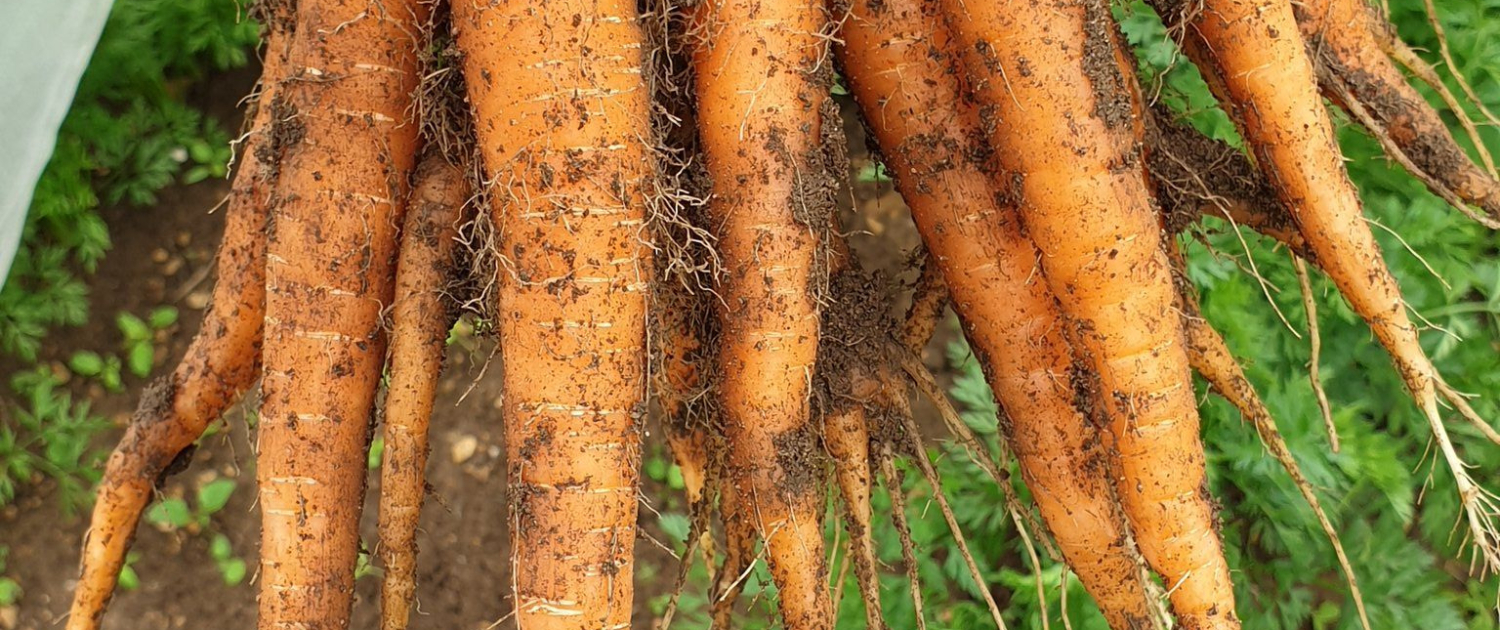
Carrots
Carrots
Most root crops flourish under suitable conditions. If your soil is heavy seek short variety. Raised beds work best for carrots because they prefer deep, loose soil, which helps them grow the longest roots. Outdoor guard for your garden bed or some coir might help keep the soil moist, since they take a while to develop.
Carrots prefer deep, well-drained soil for optimal root growth, making raised beds the ideal choice.
Chantenay, which are short and sturdy and perfect for shallow or compacted soil; Nantes, which are medium-length and popular; and Imperator, which are distinguished by their significant length and commercial appeal. Carrot varieties meant for growing as baby carrots can flourish in containers or thin soil.
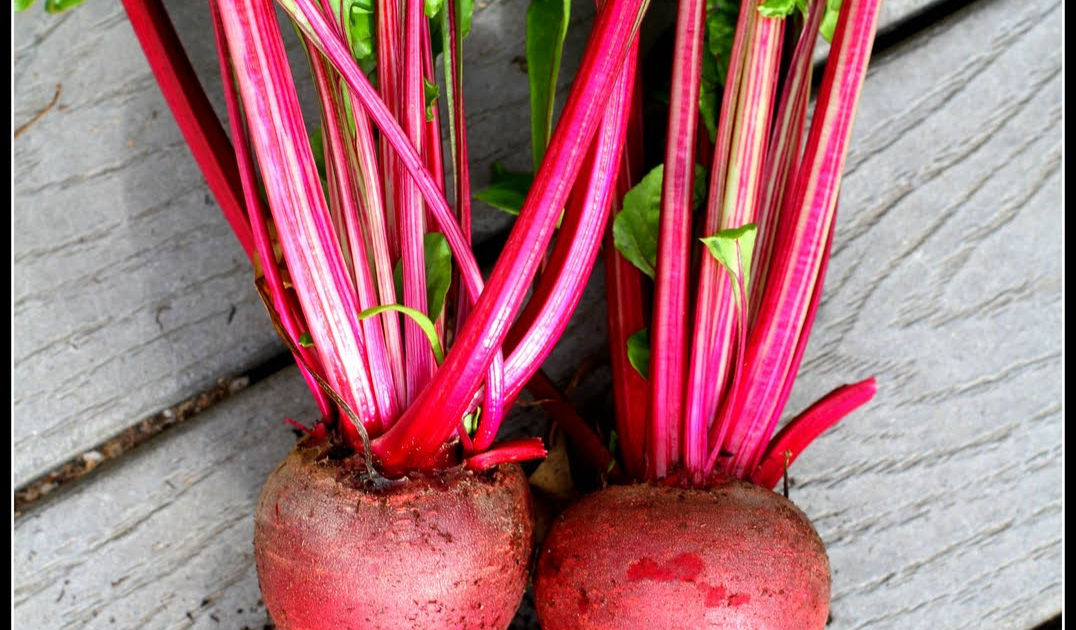
Beets
Beets
In our climate, beets thrive effortlessly and are resilient against pests and diseases. They can be directly sown or cultivated as transplants, but if choosing the latter, it’s essential to plant them when they have no more than two true leaves. It needs ample water to develop robust roots.
Beets were historically used as a natural dye and are a dual-purpose crop with both the roots and leaves being edible and highly nutritious. Also do not suffer from significant pests or disease issues.
Open-pollinated varieties like yellow, white, and striped beets may yield varied results. Fortunately, beets do not face significant issues with pests or diseases. Beets require a pH level above 6 and boron, which is naturally deficient in our soils. Adding a small quantity of 20 Mule Team Borax, about a teaspoon mixed into the fertilizer for a 3-by-3-foot plot, is recommended. However, excessive boron can act as an herbicide, so moderation is crucial.
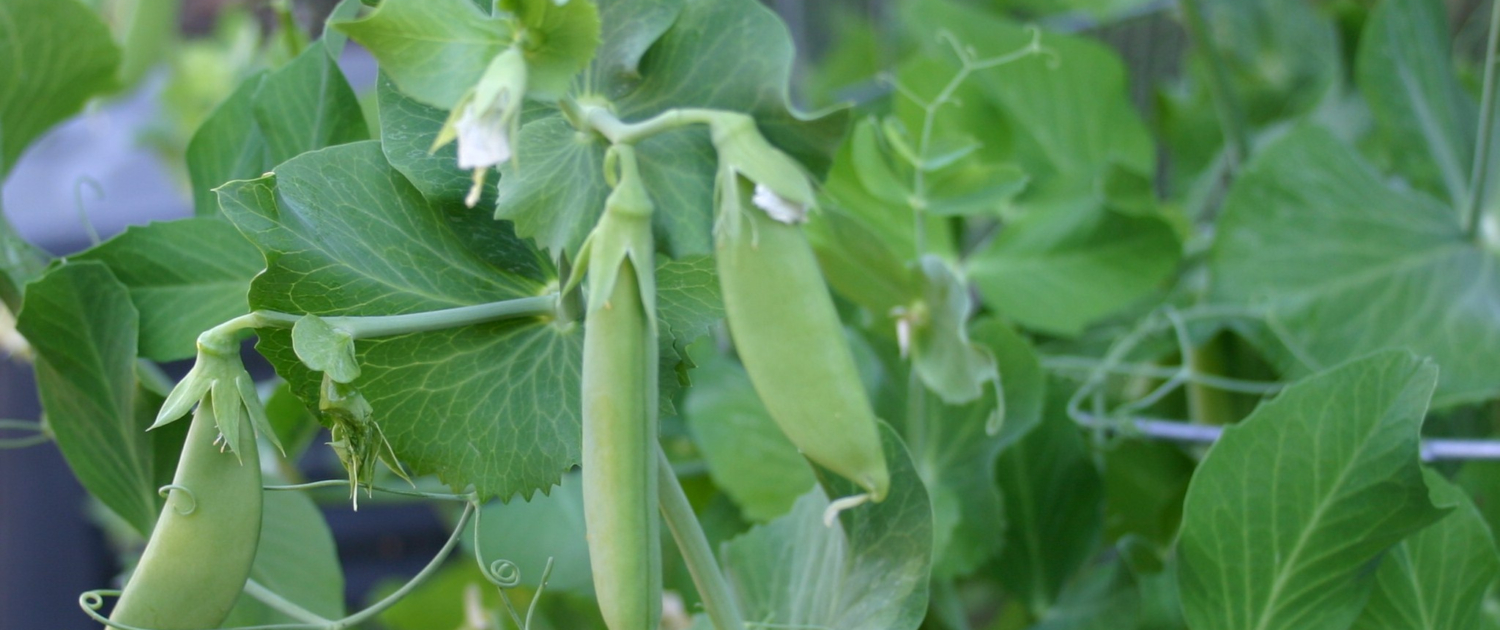
Peas
Peas
A variety of peas, including shell peas, sugar pod, and snap peas, have been developed at Oregon State University, and they can flourish in diverse locations within our region, provided they are shielded from the wind.
Plant peas in succession from late winter to midsummer for a consistent harvest across the entire season.
Construct supports using materials the peas can cling to, such as string and stakes, as unsupported plants may sprawl on the ground, making them vulnerable to crawling insects, diseases, and dirt. Peas are susceptible to aphids, carriers of pea enation mosaic virus; although newer varieties have resistance, monitoring for aphids remains crucial. Powdery mildew often occurs, but proper air circulation can deter it.
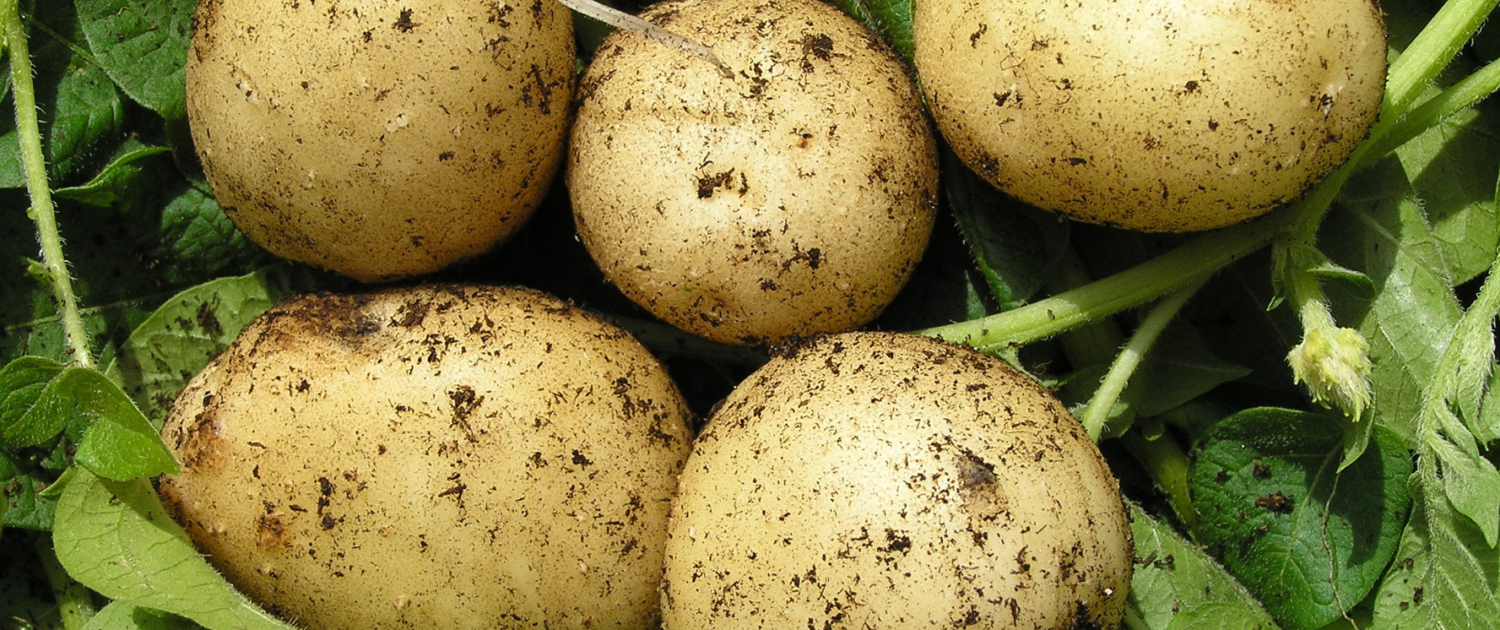
Potatoes
Potatoes
Potatoes thrive in coastal and regional climates, particularly in light, sandy soil, requiring moderate fertilizer and water. They come in various skin and flesh colors, with yellow varieties resembling buttered ones, and diverse types like fingerlings and large varieties, each with unique textures, suitable for baking, mashing, or firm dishes.
Avoid adding lime to the soil intended for potatoes; maintaining slightly acidic soil can deter scab disease. While scabby potatoes might not look appealing, they are still safe to eat.
Potatoes are not frost-resistant, but they can regrow if affected by frost.
This can be planted quite early, but they are not frost-resistant; however, they can recover if frosted. Excessive watering and fertilization can lead to rapid growth, causing a condition called hollow heart, which results in an empty space in the middle of the potato; this condition is easily identifiable upon inspection.
Pests like flea beetles are susceptible for potatoes, which create tiny holes in leaves and lay eggs that later bore into the potatoes; controlling them involves using insecticides on the leaves. Additionally, wire worms, the larvae of click beetles, can burrow into the flesh, spoiling the potatoes; managing them is challenging, requiring vigilance in recognizing their appearance and promptly eliminating them.
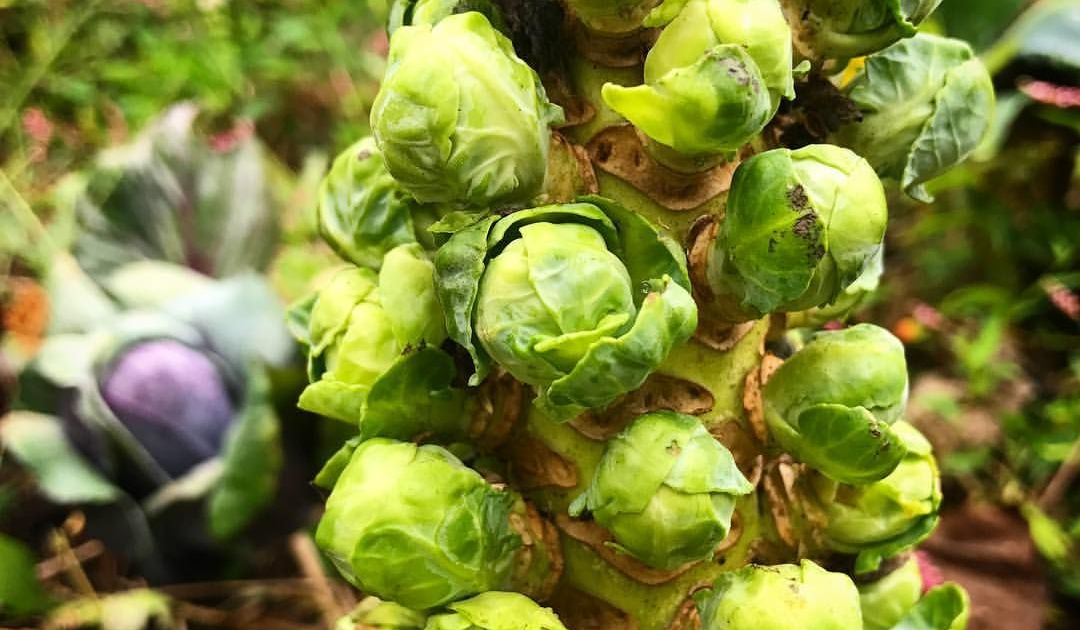
Brussels Sprouts
Brussels Sprouts
Moist climate is perfect for brussels sprouts to thrive due to its cool. This region provides the ideal conditions for these cold-tolerant vegetables, allowing them to grow slowly and develop their characteristic sweet and nutty flavor. The consistent moisture and mild temperatures create an environment where Brussels sprouts can mature properly, making the Pacific Northwest an excellent location for their cultivation.
Brussels sprouts are part of the cabbage family and grow as small, leafy green buds along a thick stalk.
They share similar botanical characteristics and genetic traits with other cabbage-related vegetables. They grow as small, leafy green buds along a thick stalk, a distinctive feature common to plants in the cabbage family.
Brussels sprouts grow in a spiral pattern around the stem, resembling miniature cabbages. Each sprout looks like a tiny green cabbage head.

Cauliflower
Cauliflower is the most finicky among the brassicas, thriving in cooler conditions similar to the climate. Like beets, it’s vulnerable to boron deficiency, and abrupt temperature changes can result in small heads, referred to as “buttoning”. If you notice this in seedling pots, it’s best to avoid them, as they won’t develop large heads. Apart from the traditional white variety, cauliflower now comes in green, yellow, and vibrant purple varieties.
In addition to the traditional white cauliflower, there are currently cauliflower varieties available in green, yellow, and vibrant purple hues.
Cauliflower appears to be particularly appealing to the fly that causes root maggots. If you notice any of your cruciferous plants wilting during the daytime but recovering in the morning, dig one up and inspect the roots for maggots. Preventing this issue can be challenging, but using paper collars might be effective. Additionally, dusting the base of the plants with insecticide could potentially eliminate some maggots, water the area lightly afterward. Cabbage worms and slugs are also common pests attracted to cauliflower.
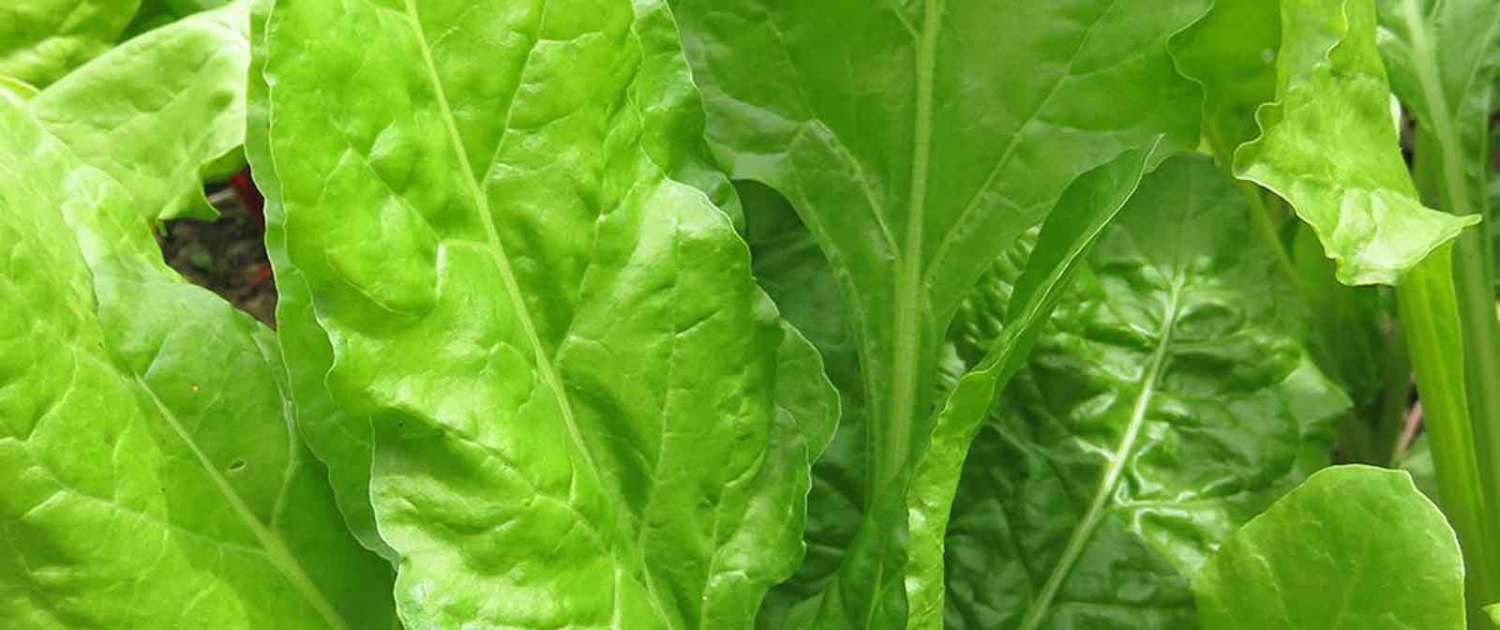
Spinach
Spinach
Spinach can grow well in cooler temperatures and moist conditions. The region’s mild climate, with moderate temperatures and consistent rainfall, provides an ideal environment for spinach growth. Additionally, the well-draining, fertile soils contribute to the successful cultivation of spinach, making it one of the best-suited leafy greens for this area.
Depending on the variety, it can be ready for harvest within 4 to 6 weeks after planting. Also contains oxalates and antioxidants, naturally occurring substances that can interfere with the absorption of calcium, lutein, and zeaxanthin.
Spinach comes in various types, including savoy, semi-savoy, and flat-leaf (smooth-leafed). Savoy spinach has crinkled leaves, while flat-leafed spinach has smooth leaves. Including spinach in the diet regularly can significantly contribute to overall health and well-being.

Onions
Onions
Onions can grow well in full sunlight and favor light soil rich in organic content. To yield the largest bulbs, plant onions with a 6-inch spacing. Starting onions from seeds is recommended for several reasons. Onion sets are more susceptible to diseases, and a higher proportion of them may develop flower stalks. On the other hand, onions grown from seeds tend to grow larger, and there is a broader range of available varieties. Starting them is simple; sow the seeds in deep pots in March to encourage the development of long and healthy roots.
Long day and short day are the two distinct types of onions. In our region, long day varieties are essential as their bulb formation depends on day length. Recently, day-neutral hybrids, a combination of the two types, have emerged, unaffected by day length, and they can potentially grow very large.
It’s crucial to maintain onion beds free from weeds since it can compete nutrients and water.
While onions generally have few issues, be watchful for onion maggots. If your onions aren’t growing well, inspect the roots and use insecticide if needed. With their shallow roots, require around an inch of water per week.
During late summer, once half of the onion tops have drooped, gently bend the remaining ones and leave them for a few days; an enzyme in the neck triggers dormancy. Carefully pull the onions, preserving the tops, then hang them in a warm, dry location to cure. Trim the tops to 1 inch and remove the roots before storing the onions in a cool, dry place, with the storage duration determined by the onion variety.
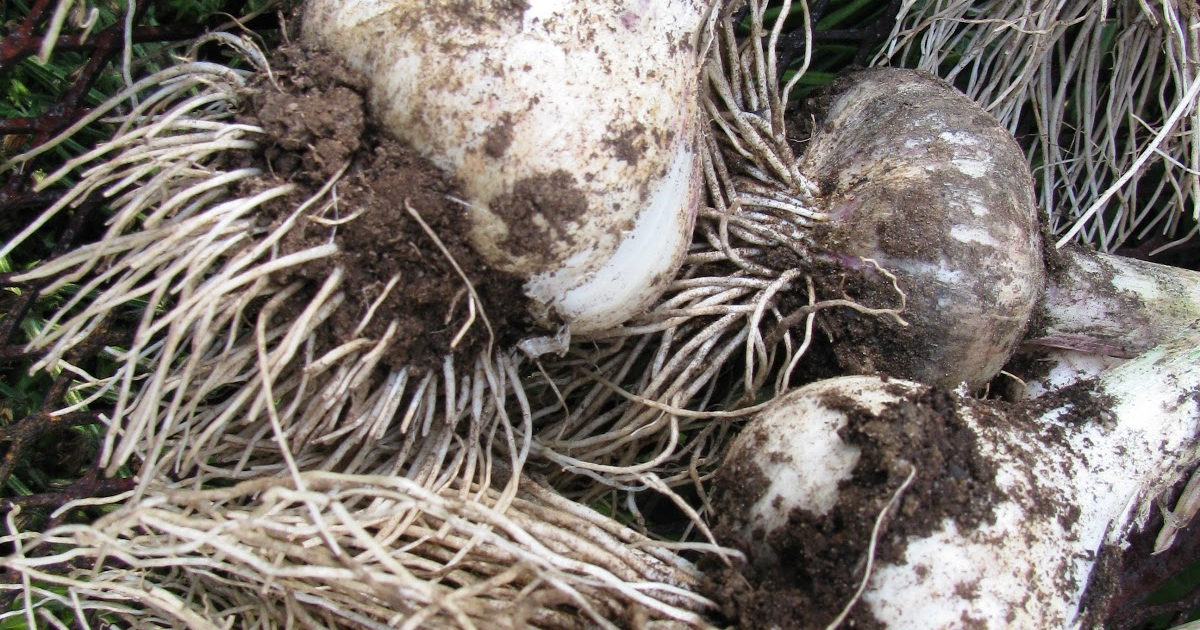
Garlic
Garlic
Growing garlic is simple; it’s clone propagated, seldom producing flowers or true seeds. Garlic comes in two varieties: soft neck and hard neck. Soft neck garlic, commonly found in stores, has multiple layers of small cloves. Hard neck garlic typically yields large bulbs with fewer, sizable cloves and features a stiff central stalk. To encourage bulb growth, it’s advised to remove these stalks after one curl, although they make tasty additions to stir-fries.
Collect garlic when about half of its leaves begin to exhibit yellowing.
Garlic thrives in sunny conditions and thrives in loose, well-limed soil with moderate fertility. It’s best planted in October with a 5-inch spacing between bulbs for a summer harvest, and mulching is advisable to prevent weed growth. Avoid watering after June 1st, and when about half of the leaves display yellowing, harvest the garlic promptly to prevent the cloves from splitting their wrappers; if uncertain, dig up a bulb to inspect the clove development.
An obscure closet indoors is suitable; however, avoid refrigeration as it might disrupt dormancy and encourage sprouting. Reserve the largest cloves for planting in October. Hang the garlic in a warm, dry area with its leaves intact for curing, typically lasting about a month. Trim the tops to an inch and remove the roots before storing at approximately 60 degrees Fahrenheit in a dark, dry spot.
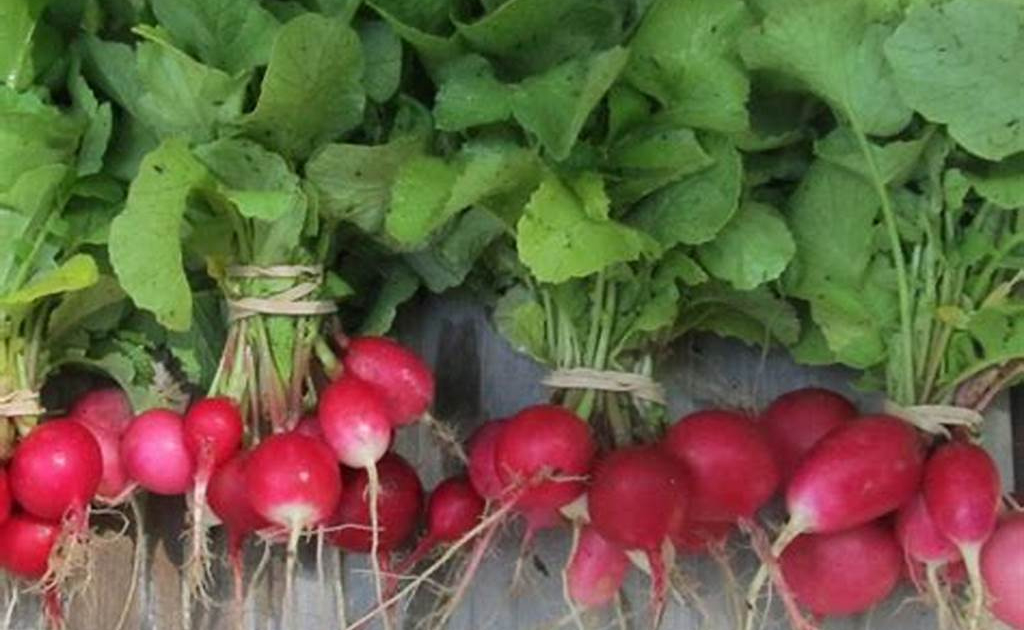
Radishes
Radishes
The consistent moisture and mild weather create favorable conditions for radishes to develop quickly and maintain their crisp, flavorful texture, making them well-suited for this area. Radish roots break up compacted soil, enhancing aeration and improving the overall soil structure.
Radishes are a fast-growing root vegetable that belongs to the Brassicaceae family, commonly known as the mustard family.
Radishes, being a natural cover crop, help prevent soil erosion and improve soil quality, making them beneficial for sustainable agriculture practices. Often used in educational settings to teach children about gardening due to their easy cultivation and quick results, fostering an early interest in horticulture.
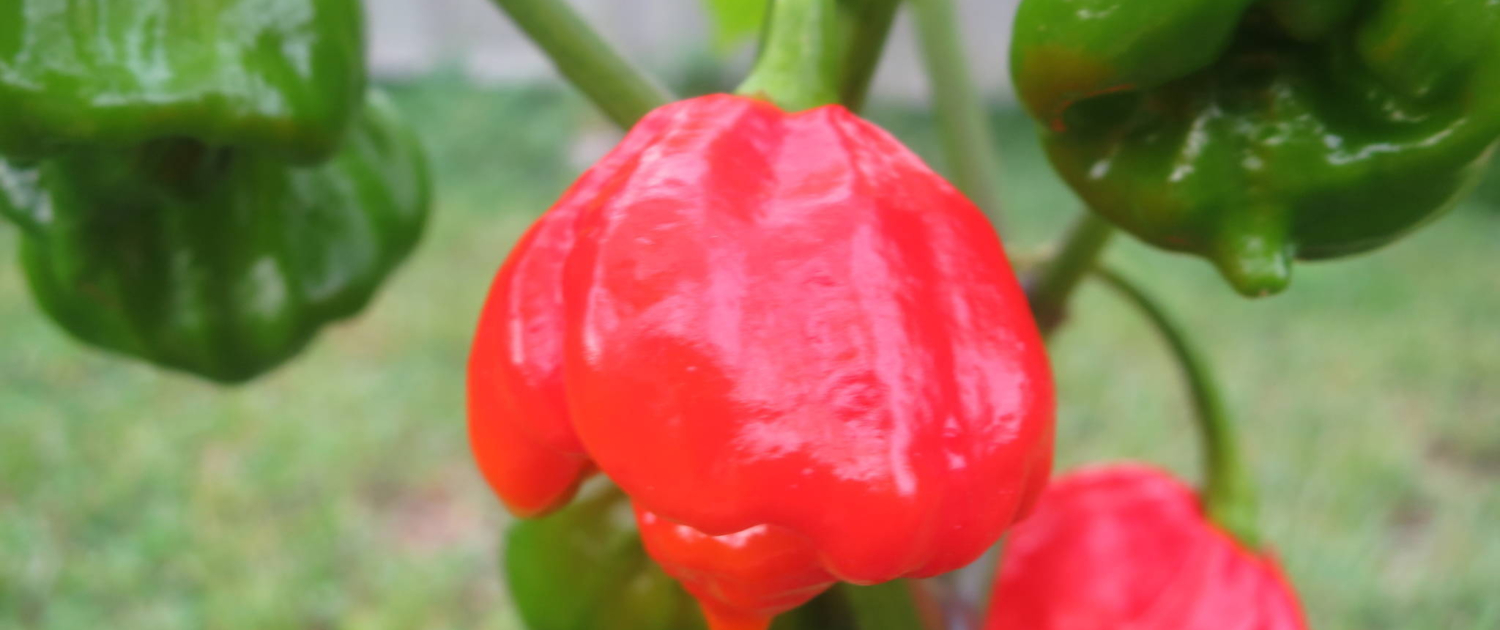
Pepper
Pepper
Peppers come in various types, including bell peppers, chili peppers, and sweet peppers, each with distinct flavors and heat levels. It requires a warm environment and abundant sunlight for optimal growth and productivity. Even with adequate protection, cultivating them near the ocean might be challenging. Hot peppers are generally easier to cultivate than sweet ones, although achieving their maximum spiciness might require a warm growing location.
When selecting sweet varieties, opt for those specifically labeled as suitable for cool climates. Peppers are nutrient-demanding plants, relying on rich soil and consistent watering.
Sweet peppers are the ones left to ripen fully and develop their vibrant colors.
It is also prone to slugs, and aphids are attracted to the leaves. They are susceptible to the same diseases as tomatoes. Plants need support, and a small tomato cage is suitable. Green peppers, although not ripe or sweet, can be grown from any red variety.

Tomatoes
Tomatoes
The feasibility of growing your own tomatoes depends on your location, requiring a minimum of eight hours of sunlight. For coastal areas, an ideal spot would be southwest facing, utilizing a wall to retain heat, as sunlight and warmth enhance tomato sweetness. A cover is essential; it can be a basic cloche or a greenhouse, such as a large cage enveloped in clear plastic. Ripe tomatoes won’t develop without proper covering. While tomatoes are self-pollinating, those grown under cover might need assistance with pollination.
Sunlight and warmth are the factors that enhance the sweetness of tomatoes!
Cherry or small-fruited tomatoes stand a higher chance of ripening fully. Two examples of short and compact cherry tomatoes are ‘Honey Bunch Grape’ and ‘Sweet Baby Girl’. Opt for early maturing types, preferably 80 days or less. If you reside near the coast, selecting varieties with fewer days to maturity is advisable. In our climate, it’s recommended to add approximately two weeks to the specified maturity period.
This allows you to select varieties that are ideal for your specific conditions. Seek out disease-resistant types. Tomatoes thrive in fertile soil with moderate nitrogen levels, ensuring consistent growth and healthy green foliage. Maintain stable moisture levels, especially during the fruiting stage. While tomatoes can be grown in pots, it’s essential to keep them adequately watered.
